Massage Therapy for Pregnancy
Prenatal Yoga classes help strengthen pelvic floor and gluteal muscles, assist in balance as well as stretch compressed areas as the belly grows.
There are many physiological changes that occur in a womans’ body during pregnancy. Symptoms can include nausea, fatigue, low back and pelvic pain, carpal tunnel, sciatica, edema (swelling) in feet / breasts, rib pain, and indigestion to name a few.
The hormone Relaxin starts to circulate throughout the blood stream just after ovulation, peaks after the first trimester (12 weeks) and continues until 6 months after giving birth. Relaxin functions to relax ligaments and the cervix in order to widen the birth canal, anticipating labor. As hips widen, the gluteus muscles are stretched and become weak but sore! All joints are affected, becoming more mobile, so it is important not to over stretch during yoga.
As the baby grows, the womans’ organs are pushed upwardly into the thorax, compressing the diaphragm causing shortness of breath, as well as compressing organs into the lateral rib cage resulting in indigestion. This also requires the lateral rib cage to flare out, compromising the rib joints, and ultimately causing sharp pains.
Swelling throughout the body can compress sciatic and median nerves resulting in pregnancy induced carpal tunnel and sciatica. These conditions will almost always resolve after labour and delivery. As the baby grows, retention of interstitial fluids are dispersed through out the womans body, most commonly found as swelling in the feet, but can also build up and become trapped in other areas, such as the glutes where the sciatic nerve lives, and the forearms where the median nerve lives and runs through the carpal tunnel at the wrist.
Pelvic and low back pain may occur throughout the entire pregnancy due to increase in weight and stretching of ligaments. The pubic symphysis is a cartilaginous disc separating the right and left pelvic bone structures or innominate bones. As hips start to widen, the pubic symphysis can get pulled out of place or become sub-luxed, causing sharp pain in the groin. This pain can also become more noticeable when shifting weight from one leg to the other. Positions to avoid are wide legged stretching with your feet together and knees out to the side. Strengthening inner thigh muscles are a great way to avoid further subluxation through stabilization of surrounding musculature.
Diastasis Recti is a painful condition most commonly experienced during the second trimester, where the rectis abdominal muscles begin to separate away from mid line (a fascial attachment known as the linea alba) and stretch apart as the belly grows. A palpable gap of 2 fingers or wider is a good way to test for having this condition. Strengthening pelvic floor and the abdominal muscles post- partum is a must in order to prevent further weakness. Practicing pelvic floor lifting or kegle exercises is beneficial to maintain strength during pregnancy. Avoid crunches or sit ups as this will further separate abdominal muscles making the diastasis recti worse and potentially creating an abdominal hernia.
More serious conditions such as pre-eclampsia, eclampsia and gestational diabetes can deem the pregnancy high risk and bed rest is usually prescribed. Pre-eclampsia is categorized as having a sudden increase in high blood pressure and swelling in the hands and face resulting from a high concentration of protein in the urine. Eclampsia has the same symptoms of pre-eclampsia only it also includes convulsions. Gestational diabetes usually occurs late in pregnancy due to increased amounts of insulin in the blood because of an insulin resistance in the body. Insulin is usually prescribed to manage this type of diabetes as well as diet control. These conditions will usually disappear post-partum, however; the chances of acquiring these conditions again during the next pregnancy are very high.
Massage Therapy can help:
Reduce general muscle tension and pain
Manage symptoms of edema, sciatica and carpal tunnel
Decrease stress, depression and anxiety
Improve sleep and mood
Decrease pelvic and low back pain
Reduce headaches
Strengthen pelvic floor through breath integration and muscle energy techniques
Provide remedial exercise that is safe and effective
Pregnancy bolsters are provided to allow women to lie comfortably on their stomach, side or back to accommodate growing bellies and provide relief through safe positioning.







